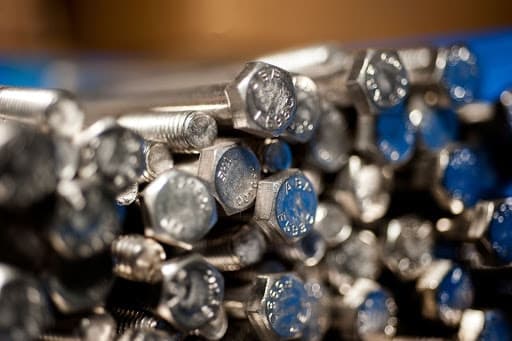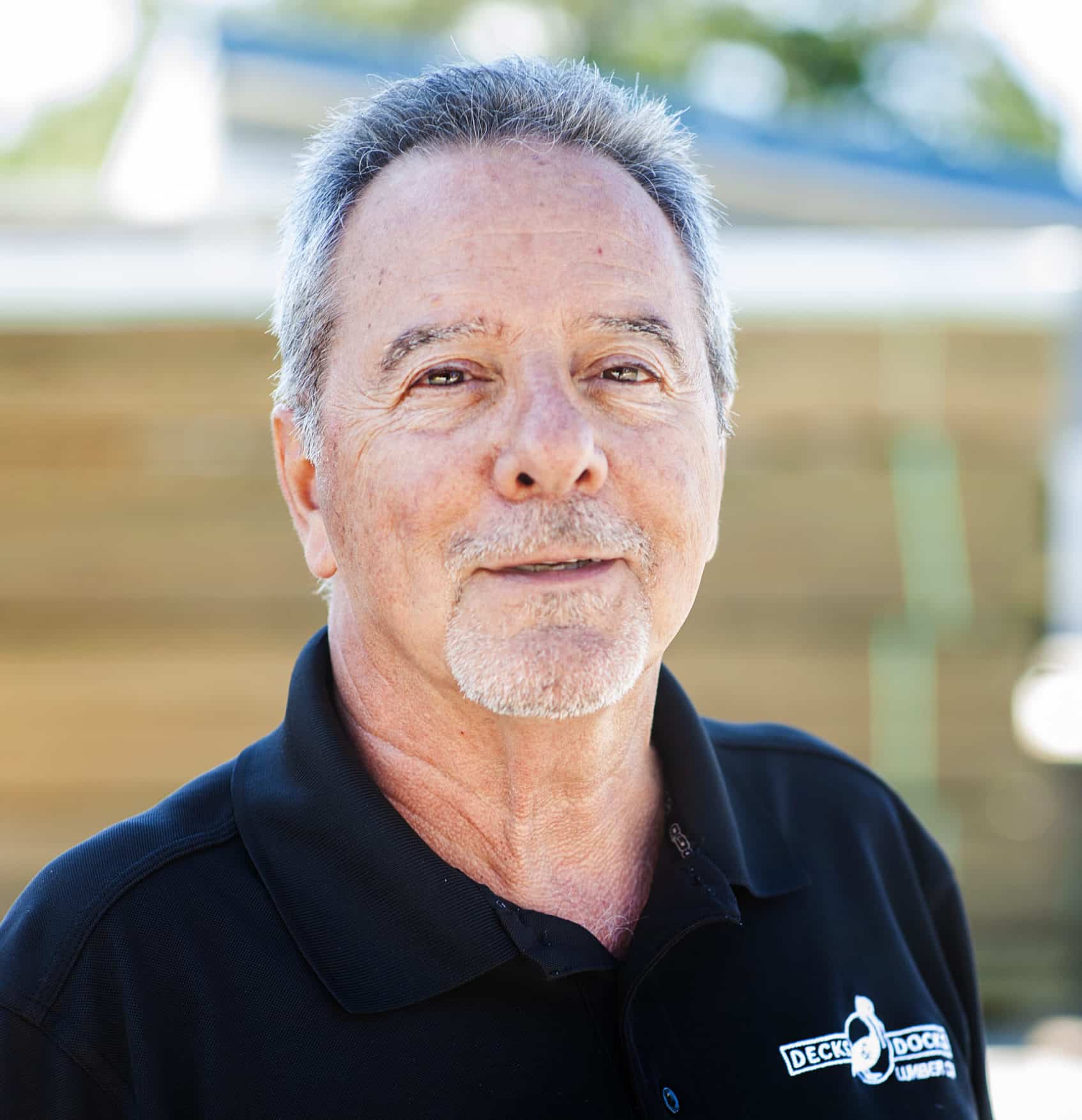
DIY Guide: All the Tools You Need to Build a Deck
Building a deck is no easy task—so having the right tools and materials on hand before you get started will reduce the risk of problems down the road that may cost you time, effort, and money.
But what exactly do you need? Before heading out to your nearest hardware store, read our DIY guide to all the tools you need to build a deck—and build it the right way.
1. Tape Measure
Remember the classic adage: measure twice, cut once. Before you start sawing, before you start drilling, even before you start planning, measure everything. You may take your handy tape measure for granted, but it’s a key tool when building a deck.
Measure the dimensions (length, width, and height) of your walls and yard and the timber boards before you order parts or begin cutting things down to size. Write these numbers down—and then measure them all again to be sure. Draw a plan, you’ll save a lot of time, energy, and money if you do.
2. Level
Don’t eyeball it—use a level to ensure things are even. Most can get by with one good-sized level, but some prefer having different types.
A small level is handy for the finer details, like hanging decorations and shelves or checking if smaller features need sanding down.
A larger level is ideal for making sure your boards and railings are even. Irregular planks aren’t just unsightly—they can make the whole deck unstable. Get a carpenter’s level and plane your boards evenly.
3. Circular Saw
Moving onto the big boys, one of the main power tools needed to build a deck is a circular saw. This item is what you’ll use for cutting many of your wooden boards.
A circular saw is a worthwhile investment, as it helps to cut boards evenly and quickly.
There are many varieties of circular saw and table saw available, from circular saws to table saws. Your choice may vary depending on the materials you’re using and the size of the deck you’re building.
Note: Use a carbide tip blade to comfortably fit your saw with proper tooth count. If you’re building a deck made with tropical hardwood, like Brazilian ipe, you’ll need a special carbide tip blade to make cuts.
4. Hand Saw
Electrical saws are suitable for bigger jobs, but a hand saw is useful for smaller cuts. It can help you:
- Take off the ends of uneven boards
- Create curved cuts
- Establish indicative cuts (preliminary cuts to show you where to aim with the circular saw)
Hand saws don’t cost too much, but it’s worth getting one that will hold its edge. You may already own a hand saw, but make sure it’s ultra-sharp before you start work.
5. Safety Equipment
While we’re talking about saws, it’s probably a good idea to mention safety equipment. Even if you’re confident in your DIY skills, it’s important to never skimp on safety. That’s because just one slip-up could have major consequences.
Here are some of the basic safety equipment you need:
- Goggles or safety glasses (your everyday eyeglasses aren’t enough)
- A dust mask or respirator (to avoid inhaling sawdust)
- Ear protection (loud power drills can cause hearing damage even if it doesn’t seem all that loud in the moment)
- Thick gloves (especially if you’re handling rough, unfinished wood)
6. Power Drill
Now is the time to upgrade to a decent cordless drill if you’re still using the cheapest one you could buy a decade ago. A power drill is one of the most essential tools needed to build a deck. You’re going to be using it a lot, so make sure you’ve got a high-power drill with a carbide drill bit for best results.
Use the drill to create holes for your screws, and remember to measure up the drill bit against the screws first. Drilling a hole too small will mean that the screw splits the wood, whereas if your drill is too large, the screw will fall out.
7. Assorted Hardware
Here at Decks & Docks, we carry all the hardware you’ll need to build a deck. Nuts, bolts, tie-backs, washers, specialty bits—we’ve got it all.
What exact pieces you’ll need will vary depending on the type of deck you’re building, but our expert team members can help you determine what your project needs, what you may need extras of, and what you likely won’t need to worry about stocking up on.
Keep one thing in mind: don’t try to replace a specialty piece of hardware with any old piece you find at your local big-box hardware store. You could damage the wood or, in the worst case, cause structural damage to your deck.
8. Chalk, Pencils, or Tape
One of the more underrated tools needed to build a deck is a dependable marking tool, chalk line, pencils, or masking tape. You can use chalk line or a pencil to create an erasable line that you can use to guide you when sawing boards, or lay down some masking tape for a line that can be peeled up.
Be sure to use white builder’s chalk, too— we do not recommend borrowing from your kid’s colorful sidewalk chalk set as it might leave stains.
9. Carpenter’s Plane & Sander
If you’re building a deck with composite lumber, you won’t need to worry about sanding down rough edges.
But if you’re using natural lumber, it’s important to even out small bumps and splinters before they snag and become a larger problem. Sandpaper will have your back in these cases.
If you’re sanding down your entire deck before applying a layer of stain, use a tool called a random orbital sander. These sanders are easy to use and will leave behind a buttery smooth surface.
For larger irregularities in individual boards, a carpenter’s plane can take care of the problem. Like when you’re using a hand saw, you should use clamps to secure any boards you’re trimming or cutting. Otherwise, you may end up taking off more than you intended.
Finding the Right Supplier
You can find all the tools needed to build a deck plus expert advice when you get in touch with the Decks & Docks team today. We’ve got almost 30 years of experience in the business, and we’d love to hear from you to talk about your next decking project.
We’ve got the tools and the know-how if you’ve got the passion. For all your lumber and hardware needs, just reach out to our team.
- About the Author
- Latest Posts
Dan has worked for Decks and Docks for over twenty-five years. He managed the original Decks and Docks store in St. Pete, which is our largest store. Dan is simply the best all around. He knows more about this company and our products than probably anyone else. Dan currently works in Sales at our corporate office.
